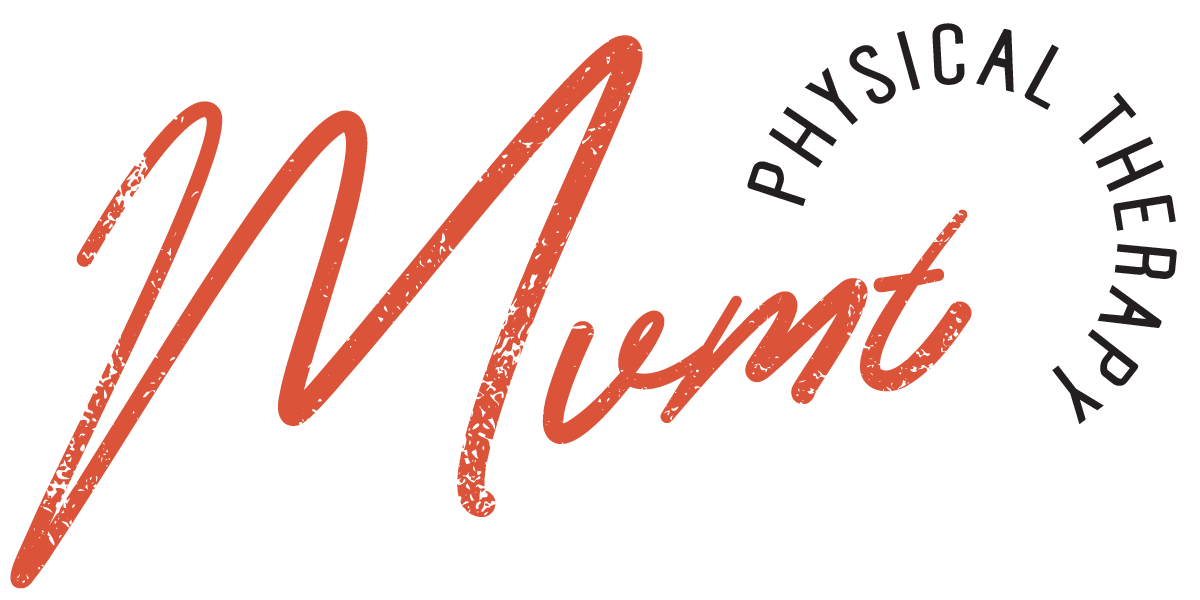
FAQ's
You Asked, We Answered
How does physical therapy work?
Physical therapy is labeled as conservative care, which means non-surgical care. In the 7 years of school physical therapists learn how to evaluate and identify musculoskeletal and neurological deficits, educate our clients, as well as strengthen and stretch the problematic areas. All physical therapists learn different skills while training, meaning we all treat slightly differently. Some prefer more hands-on approaches through manual therapy, while others use modalities such as electric stimulation, ultrasound, as well as dry needling. I tend to use exercise-based treatment that is direction specific based on the McKenzie Method as my main treatment. Physical therapy is designed to help you understand what the problem is, and use a blend of treatment to fix the issue. It does require time and diligence to see results.
What is the McKenzie Method of Mechanical Diagnosis and Therapy (MDT)?
The McKenzie Method of MDT is a reliable assessment process intended for all musculoskeletal problems, including pain in the neck, back, and extremities. It also addresses issues such as radicular pain, sacro-iliac joint pain, arthritic pain, and degenerative disc disease. This well-research, exercise-based approach of assessing, diagnosing, and treating provides an evaluation of patients without the use of expensive diagnostic imaging. McKenzie also focuses heavily on education to have clients understand their specific problems and allow them to be in control of their own symptoms management, which can reduce dependency on medical intervention.
How does MDT work?
The belief is that most musculoskeletal pain is “mechanical” in origin, which notes an abnormal forces or mechanics occurring in the tissues. If a mechanical force caused the problem, then it is a logical that a mechanical force may be part of the solution. The MDT system is designed to identify the mechanical problem, develop a plan to correct or improve the mechanics, and thereby, decrease or eliminate the pain and functional problems. In the simplest, and most common, instance this may mean that moving in one direction may provoke and worsen the pain, while moving in the opposite direction may eliminate the pain and restore function. Using the MDT assessment to understand these directions of preference, the clinician determines which movement and posture becomes the treatment, and the necessary exercise dosage.
How much will it cost?
It will depend on your insurance company and the plan you have that determines your out-of-pocket costs. For private pay, an initial visit is $90, and all following treatments are $60. You many have to meet a deductible. which is a set amount you have to pay for covered services prior to your health insurance plan paying. Once you have met your deductible, and are still receiving covered services, you may have a copayment and/or coinsurance, while your health insurance covers the rest. Copayments vary per plan, and can range from $1 - $75. Please remember that coinsurance is different and separate from copayments. Be aware that out-of-pocket limits do not include your monthly premiums, out-of-network care, or services not covered by your plan.
Do you take insurance?
Please see the list for which are currently accepted, and which are still pending. Before coming to your initial visit, please verify your insurance benefits by contacting your insurance.
-
Cigna, Medicare, United Healthcare – in-network
-
Blue Cross Blue Shield of NC, Humana, Aetna – pending
Do you accept students who want to shadow or do clinical rotations?
Of course! Please contact me through info@mvmtphysicaltherapync.com to discuss further.

